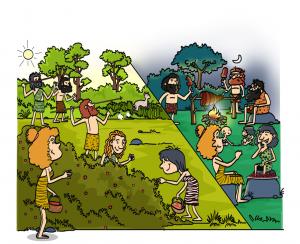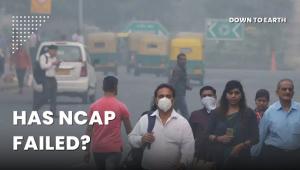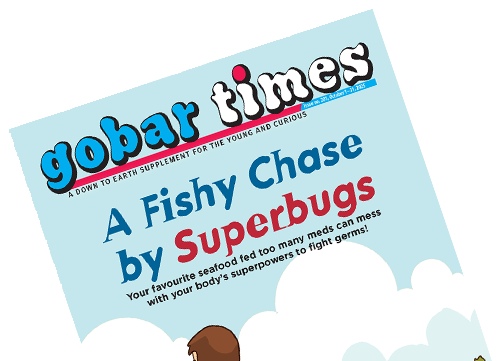
Read stories from 'On a Good Food Hunt' and check out the comics on our website. Fill in the speech bubbles with your best lines. The wittiest, wisest words win a cool prize! So read up, scribble out, and let Babbi speak through you!

Celebrating India’s culinary heritage through 200+ traditional recipes spotlighting local ingredients, mindful food habits, and regional flavors—live-tasted and honored by chefs and food experts at a vibrant public showcase.

When a man drifts into a jungle and earns the trust of its creatures, what follows? 'Ek Tha Jungle' unveils the cruelty of human ambition and the bleak future we so razenly march toward.

Food is happiness (and vice versa). We may never need an excuse to sink our teeth into a lip-smacking delicacy, but what food do we eat when we want to celebrate? What festivals do we celebrate as an excuse to savour the season’s first delights? What is the connection between the food we eat, the festivals we have, and our environment? In this day and age of food that is fast and largely unhealthy, do our festivals play a role in bringing to our plates food that is good? Let’s get a taste of it all, as we step into this festival season...

Understanding why we celebrate harvest festivals, what are their diversities, and how they connect us with our environment.

From Bhimayana: Experiences of Untouchability, a book that weaves the wrap of contemporary experiences into the weft of BR Ambedkar's life. Published by Navayana, with the magical Pradhan Gond artists Durgabai Vyam and Subhash Vyam.

35 Indian cities have recently been listed among the 50 most polluted cities in the world. What's worse, 16 of these cities received nearly Rs 1,000 crore over the past eight years to tackle air pollution. This disturbing finding has placed India’s National Clean Air Programme (NCAP) under intense scrutiny. NCAP is the costliest air pollution control programme ever taken up in India, and one of the biggest globally. But it appears to be non-existent in 19 of the Indian cities that are part of the ‘most polluted’ top 50 list.

The top three teams received prizes by Sonam Wangchuk, an educationist and innovator from Ladakh, and Sunita Narain, Director General, Centre for Science and Environment

